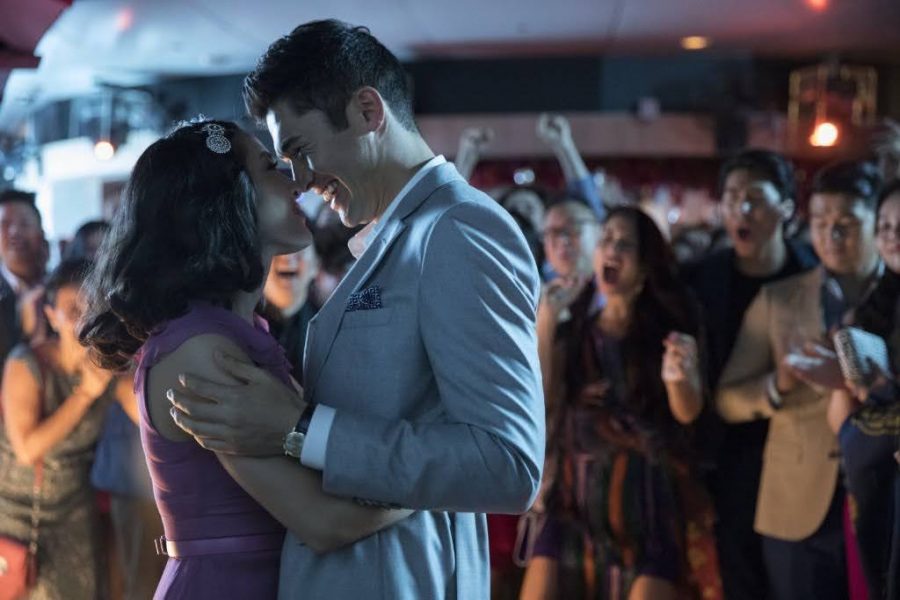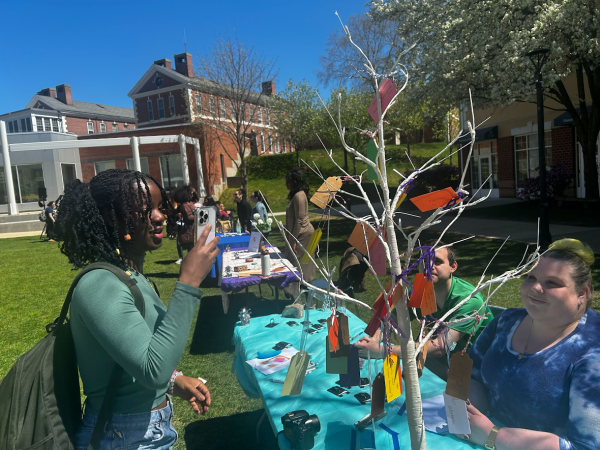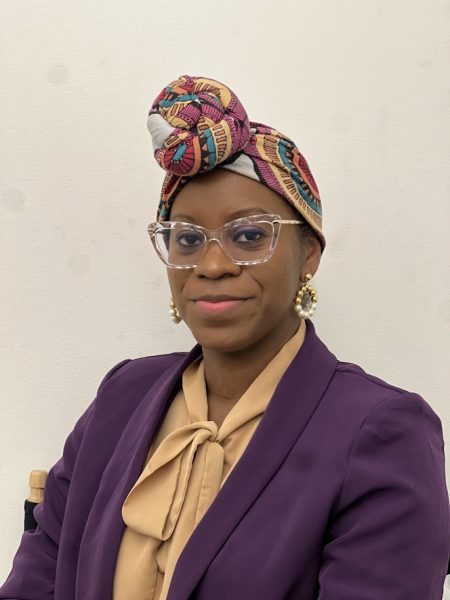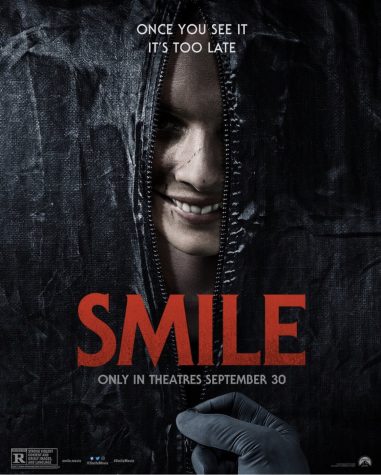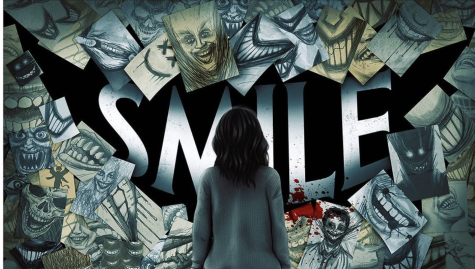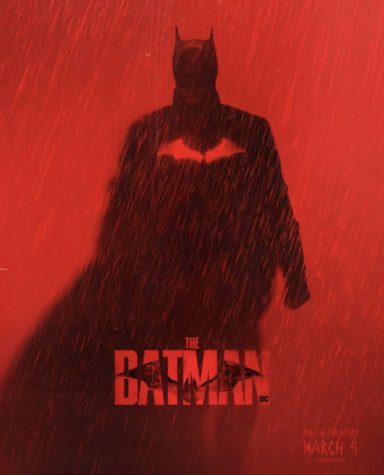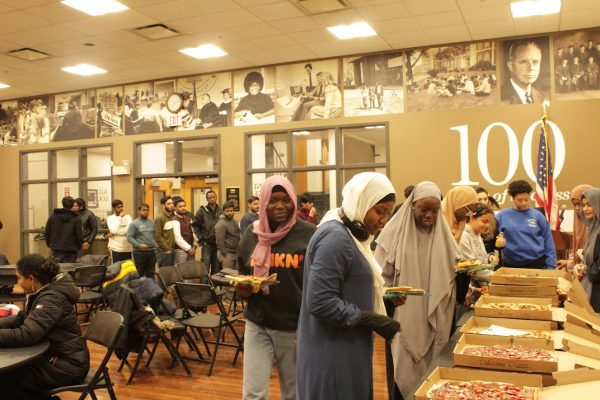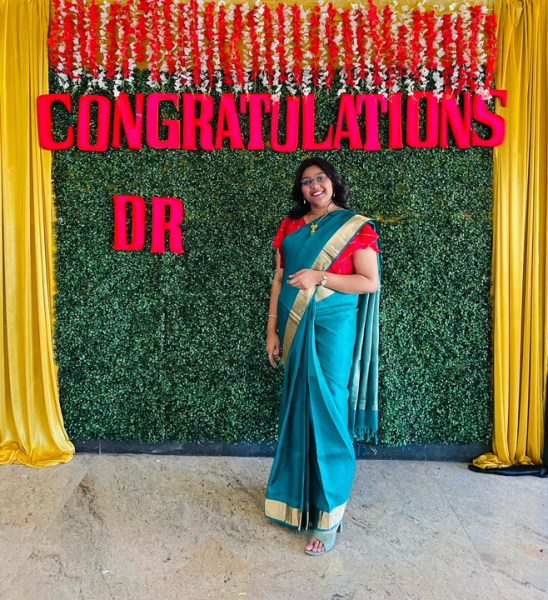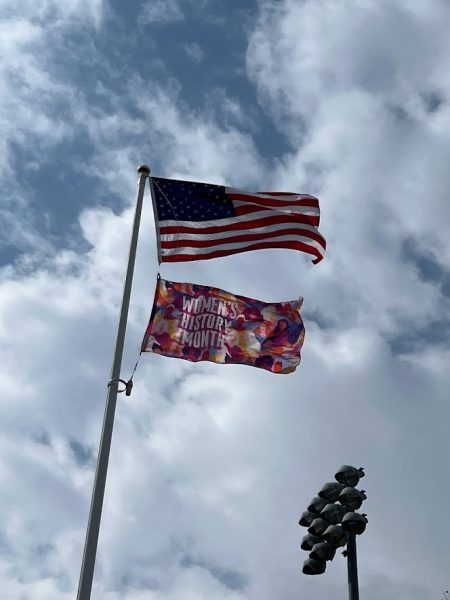The impact of Asian representation in entertainment
Though Asian and Asian American inclusion in American pop culture has increased in recent decades, questions over prejudices, stereotypes, and assumptions are becoming more widely recognized. With the recent increase in violence against the Asian American and Pacific Islander (AAPI) community, concerns have been raised about how the Asian community is portrayed in contemporary American entertainment.
Asian Americans have had a grim cinematic history, with actors usually overexaggerating accents and promoting harmful stereotypes. And despite any progress in regard to this, recently, Hollywood has been confronted for its racist and discriminatory past around the disparity of Asian American and Pacific Islander (AAPI) and Black, Indigenous, people of color (BIPOC) representation, deservedly so.
Asian actors have also been pigeonholed into small, limiting roles, usually playing doctors or a stereotypical classmate in accordance with the “model minority” ideology. In an interview with TIME, actor Randall Park said that he had played doctors many times during his career.
“The roles weren’t super offensive, but when you look back and realize how many doctors you play, you think, OK, that’s how they see us.”
Until recent years, Asian people were mainly portrayed in Hollywood films by martial arts actors, such as Jackie Chan and Jet Li – and it’s what a lot of people know them from, resulting in an inability to separate them from the numerous martial arts characters they have played throughout their careers.
According to TIME, a report showed that although Asian Americans made up 5.4 percent of the US population in 2014, they only accounted for 1.4% of lead roles in studio films. Behind the scenes, the problem persisted: according to a 2018 survey, just 12% of showrunner titles were occupied by people of color.
To no one’s surprise, white actors have dominated the silver screen for decades, with more diversity occurring only in recent years. This trend may be seen as a collective movement in media toward inclusivity, prompted by critiques of Hollywood’s systemic promotion of “Straight White Men” and the popularity of minority-led productions in subscription-based media such as Netflix and similar streaming services.
Following the release of “Crazy Rich Asians” in 2018, other creators were inspired by the critic and fan response.
Though improvement is encouraging, there is still more to be done in terms of true portrayal of Asians in television and movie characters on-screen and off. What is on television or film has an effect on Asian Americans’ mental health, identity perception and race relations in ways that go beyond entertainment. Content producers and business decision-makers must alter the way Asian people are represented in the mainstream, as they have both the ability and the responsibility to use this powerfully popular platform responsibly.
More Asian faces, representative of the vast experiences of the AAPI community, have appeared on television and films in recent years. In the next decade, AAPI and BIPOC representation may not be proportionate to white representation on TV, but at some point, the industry will reach a regularity where people will become less surprised because inclusion is normalized.

Amanda is a senior majoring in communication with a concentration in journalism, and a double minor in political science and English. She has been involved...

